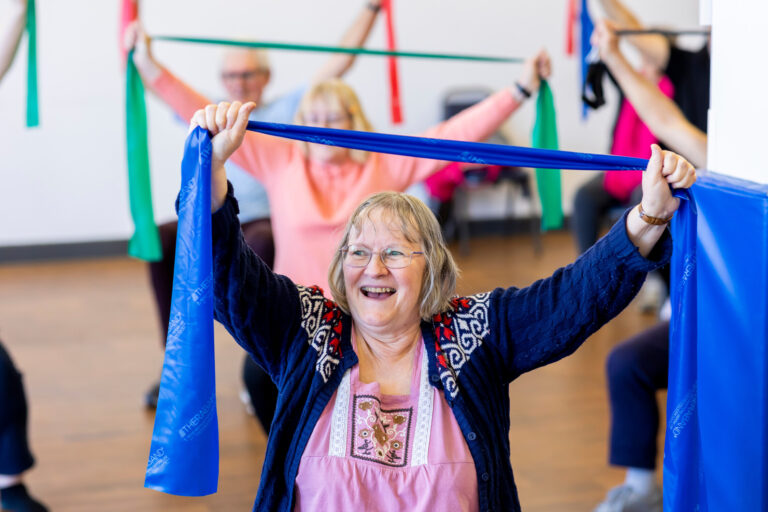How to pick stock imagery for the older market – and what to avoid
The availability of a great range of stock images is one of the wonders of the modern world – but when your market is the over 60s your stock imagery may be turning your customers away.
And I know how hard this is – we use stock imager of older people on this website! So this is a guide as to what to avoid, based on visual imagery analysis.
How ‘sixties’ and ‘twenties’ images were different
For the visual imagery analysis I compared stock images of people identified as in their sixties with stock images of people identified as in their twenties. I discovered that there was much more diversity in the images of younger people.
In contrast, people in their sixties were generally:
An empty world where nothing happens
What really struck me though was that older people seemed to be living in a kind of empty world where nothing happens as if our destiny as we age is that we will stare wistfully out of the window.
My advice – and the advice we try to follow when choosing images for this site.
Show older people as part of a social world
In the sample of images we analysed, older people were often shown gazing out of the image directly at the viewer. This gaze suggests that nothing else is going on wherever the person has been photographed. Nothing is happening there; no one is talking to the person in the image. He or she is not listening to anyone else in the room at the time. In contrast, younger people had company. Even if they were shown on their own in the image, they were shown at an angle or looking sideways so they seem to be looking at or listening to other people.
Older people were more likely to be sitting upright wearing crease-free clothing without a hair out of place as if they had been doing nothing before the photo was taken. In contrast, younger people had been active. More younger people were shown in casual poses. Some were active. Others were lying down, sleeping, or slouching as if they had finished what they had been doing. They were wearing loose, crumpled, or creased clothing.
If you want this age group to engage with you, show them with friends
In our research with older workers, one of themes we often hear is that they will miss work because that is where their friends are.
Do gender equality
Compare these two images – both chosen as representative as ‘couples’ in the age group. look at the dynamic. The first one is one thousands where the man is in front of the woman and he is showing her some information. The one on the right is an example of equivalence.
Is this why pre-retirees fear retirement?
So, this analysis showed that stock imagery shows more older people than younger people looking as if they had been doing nothing before the photo and were doing nothing in it, and had no one with them. Younger people looked as if they were currently doing something or were relaxing after being active and were communicating with someone else.
Many pre-retirees we have interviewed in our ‘Over Sixties’ projects talk about their fears about retiring. One of those fears is that that they will be lonely and will have nothing to do. I wonder how much images like these have contributed to that fear?
To discuss how to research the over sixties market to really understand their needs and perceptions, contact Sue.

We would love to hear from you, and are always happy to talk through research methods and options with you, if you are not sure what you need. Why not get in touch for a free, obligation-free, and confidential conversation.
Find out more about Susan Bell Research.










